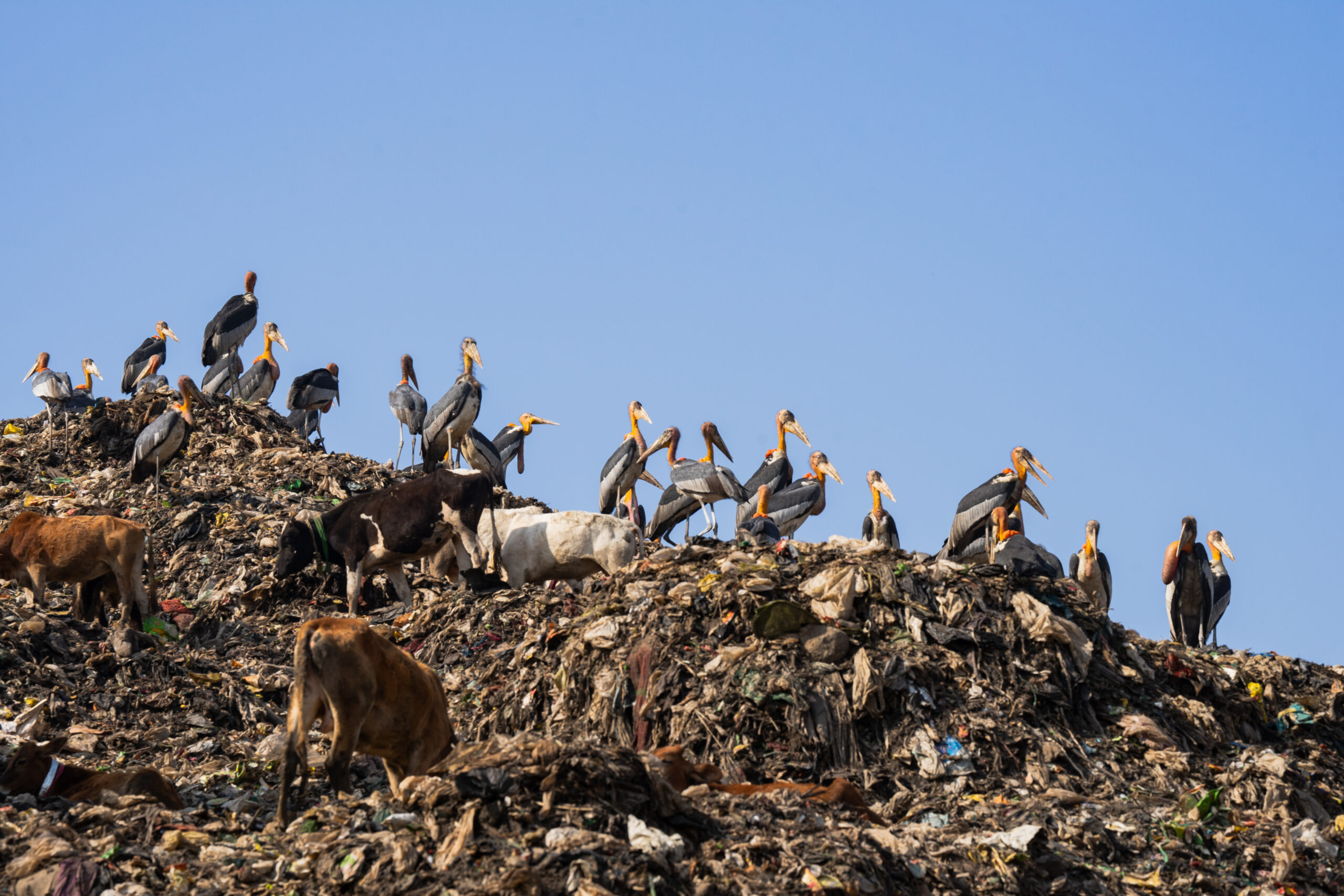The world’s wild places are facing a historic number of existential threats, from invasive species and disease to habitat loss and climate change. The scale of the challenge is monumental, but individuals and organizations around the globe are working together to preserve and restore biodiversity. Powerful coalitions, technological innovations, and bold ideas are bringing ecosystems back to life and pulling endangered species from the edge of extinction.
Invasive Species
One large driver of biodiversity decline is the introduction and spread of non-native species — something that has been massively accelerated by human movement around the globe. Invasive predators and pathogens can decimate populations with no natural defenses, and even introduced plants and herbivores can upend ecosystems in unexpected ways. In many cases, combatting invasive species is the only way to give native ecosystems a fighting chance.
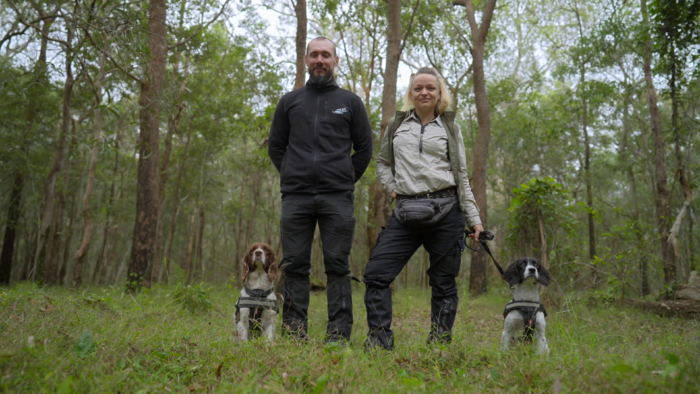
Episode
Canine Conservationists
Dogs are often thought of as humans’ best friends. But in Australia, they’re partnering with people to save other species from grave threats to the island continent’s unique fauna.
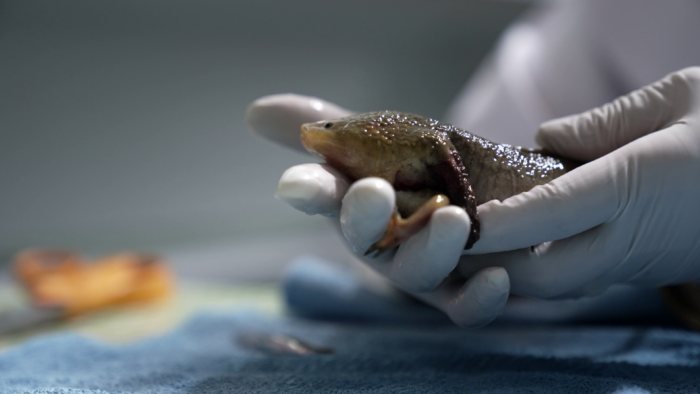
Episode
Salamander of the Gods
The axolotl has been called a “conservation paradox” — a creature that is ubiquitous in pet stores, science labs and pop culture… yet almost extinct in the wild.
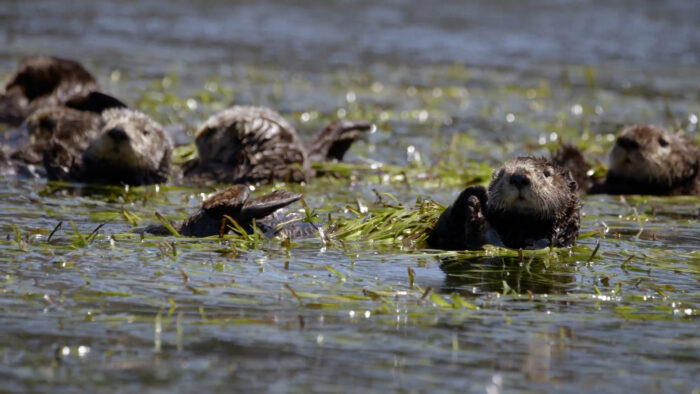
Episode
Significant Otters
Marine ecologists Brent Hughes and Kat Beheshti reveal how re-planting seagrass, along with help from a healthy population of crab-eating otters, have transformed and stabilized an entire marine ecosystem.
More Episodes
Watch & Share
Read More
Habitat Loss and Fragmentation
The expansion of urban areas and farmland have fragmented or decimated countless wild habitats. Luckily, through concerted efforts of rewilding and reforestation, wild spaces are starting to recover — and native species are rebounding with them.
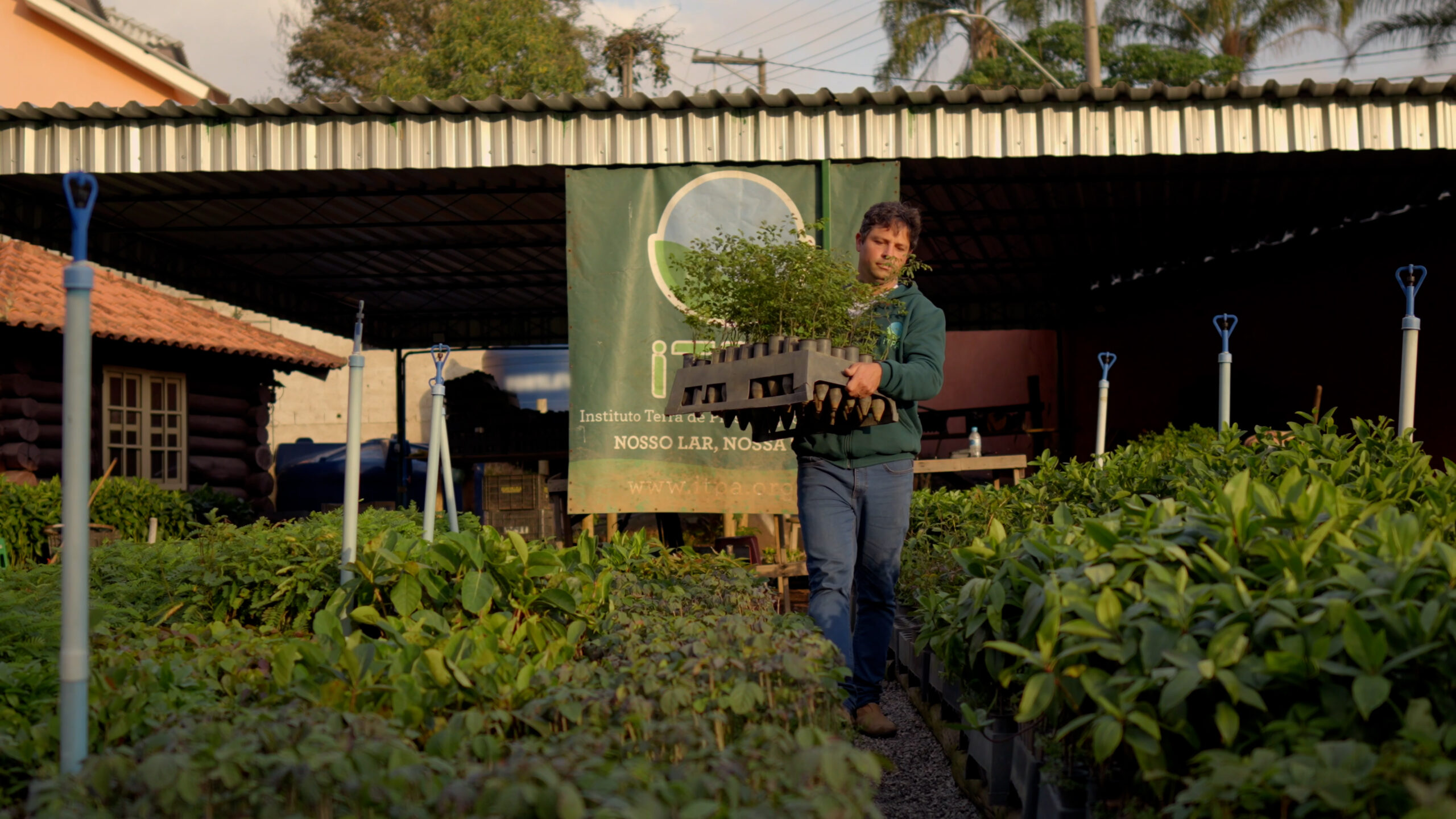
Episode
Rebuilding a Rainforest
In Brazil’s Atlantic Forest, Mauricio Ruiz has turned his love for nature into action by working with the community to reforest a critical stretch of the nation’s most endangered forest.
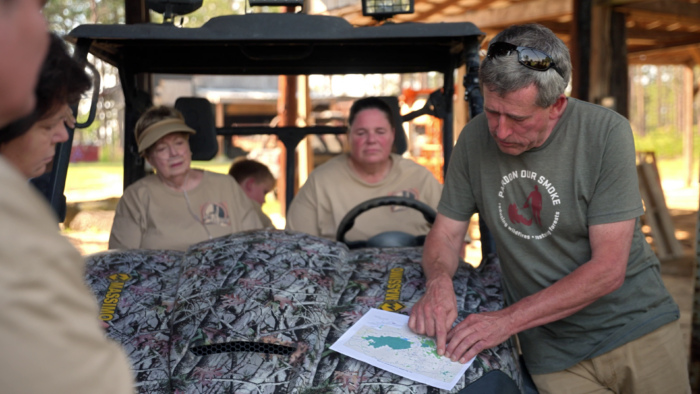
Episode
Woodpecker Wars
One of the most inspiring conservation stories in American history is playing out on, of all places, a live-fire training ground at an Army base in North Carolina.
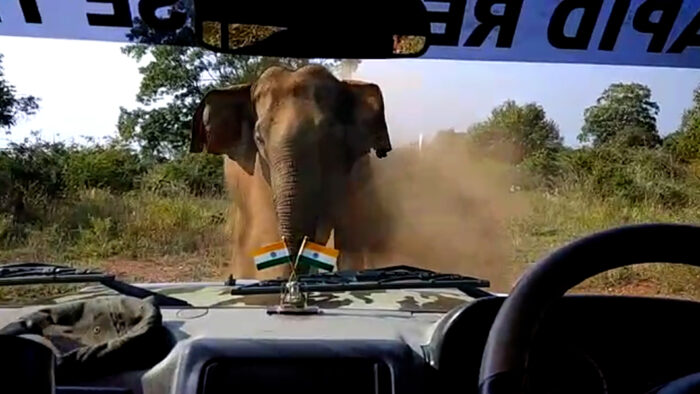
Episode
Way of the Elephants
Elephant migration corridors in India are a necessary thoroughfare for one of the planet’s largest animals — but conflicts with human residents along these routes requires an innovative solution.
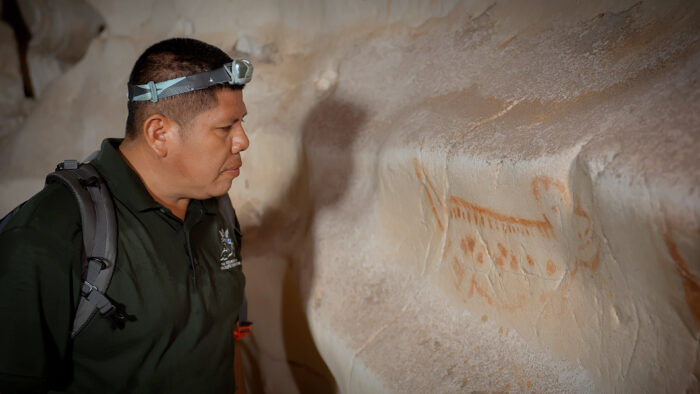
Episode
Jaguar Passage
Jaguar populations are falling worldwide, but the big cats are thriving in Belize, where one-third of the Central American country is protected habitat—but even this paradise isn’t perfect.
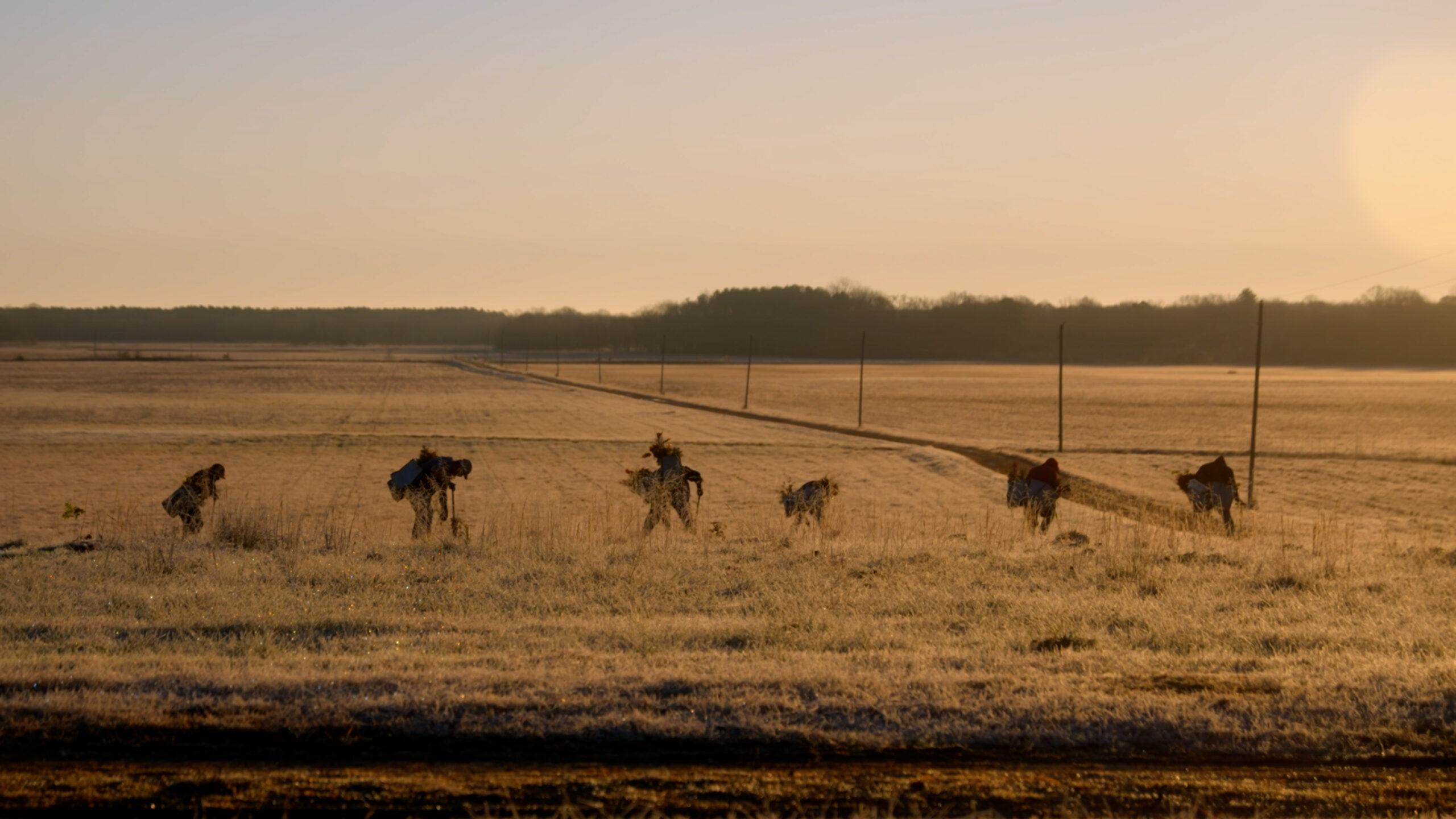
Episode
Wild Hope: Mission Impossible
After developing the plant-based Impossible Burger, “wacky genius” Pat Brown turns to his next frontier of restoring planetary health: building a new blueprint for rewilding ranchland, starting in rural Arkansas.
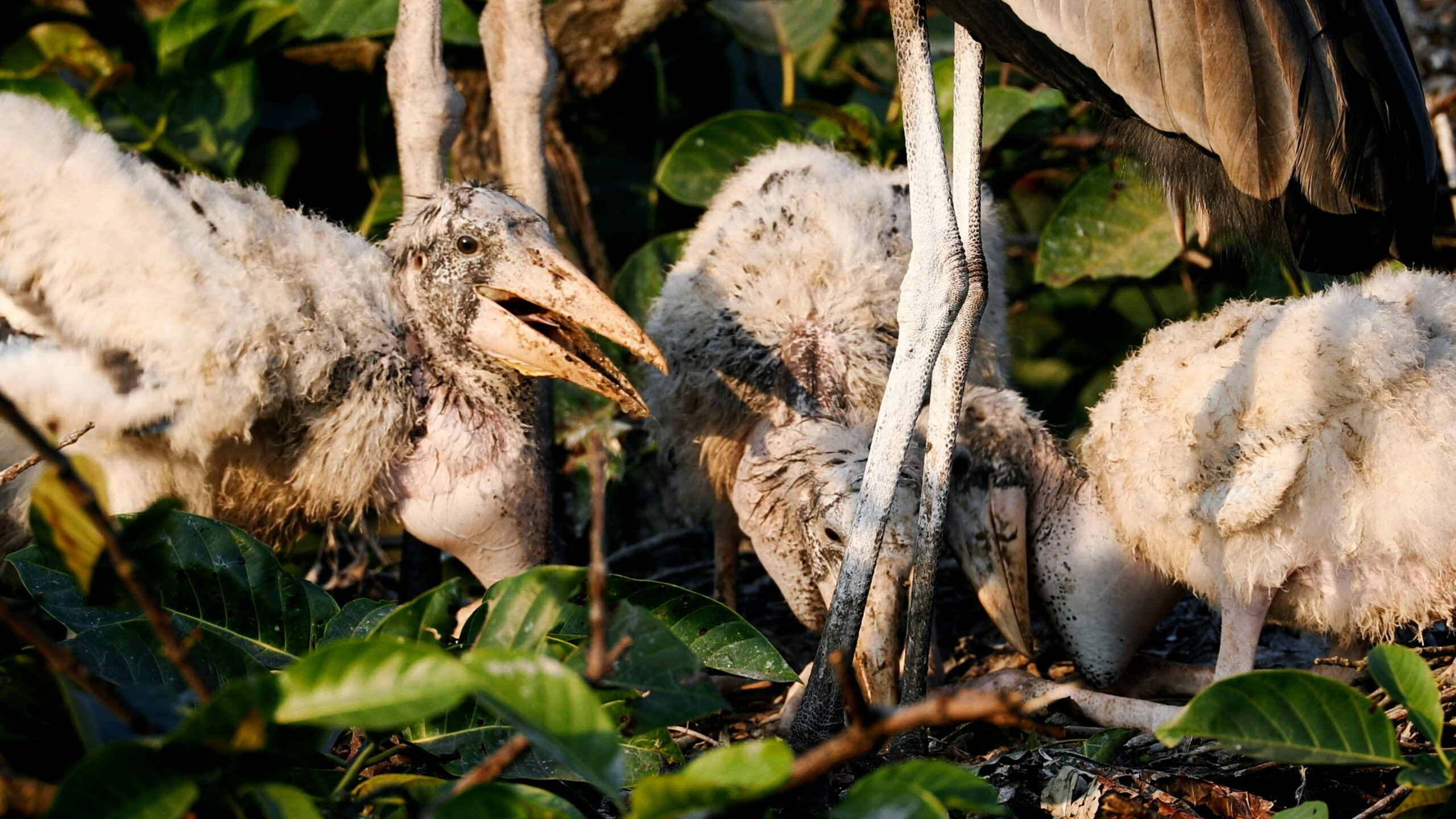
Episode
Stork Sisters
In the northeastern part of India, the greater adjutant stork — also known as the “Hargila” (or the “bone swallower” by locals) — has been considered an ill omen for generations, and the endangered bird has paid the price.
Watch & Share
More Episodes
Wildlife Disease
As humans have spread plants and animals around the globe, we’ve also spread a microscopic threat — the bacteria, viruses, and fungi that cause disease. Animal populations already stressed by habitat loss or other threats are made more vulnerable to diseases introduced from other parts of the world. Many introduced diseases — like the plague and yellow fever — are curable in humans, but delivering treatment into wild populations poses an entirely different set of challenges.
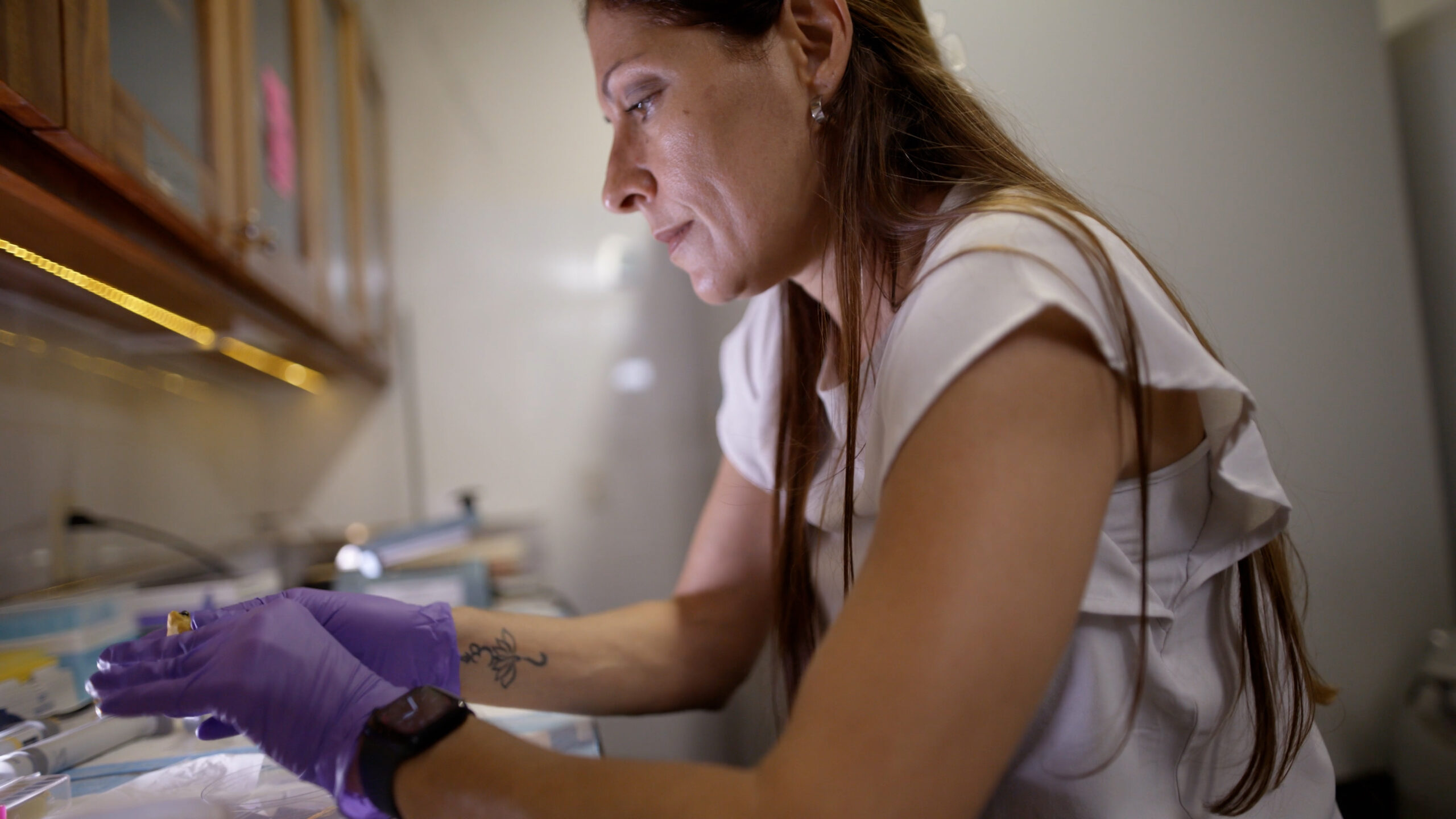
Episode
The Frog Ark
n Panama, scientists hope to bring critically endangered frogs and toads back from the brink of extinction and solve the world’s worst wildlife pandemic: an amphibian-killing fungus known as chytrid.

Episode
Birds on the Brink
More than 50 species of honeycreepers once filled the forests and mountains of Hawai’i with their songs. Now, only 17 species remain, with some placed at risk of extinction within the next few years. Avian malaria, primarily transmitted by mosquitoes, poses the most significant threat.
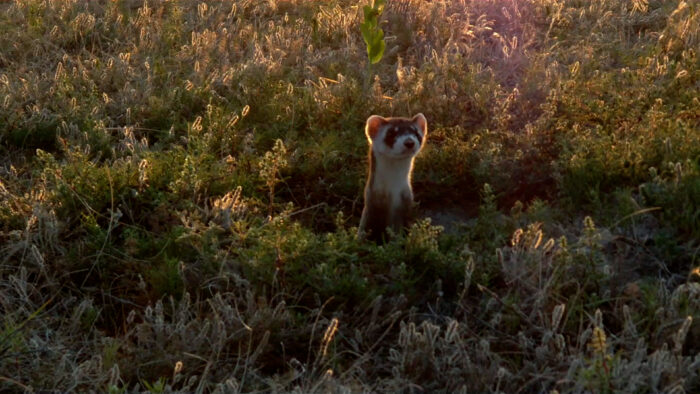
Episode
America’s BFF
Black-footed ferrets, North America’s only native ferret, still depend on humans for survival. That’s why a dedicated team has engineered new and innovative tools to help them make it in the wild.
Watch & Share
More Episodes
Pollution & Climate Change
From the chemistry of our warming oceans to the chemicals humans have introduced into the landscape, these are problems that test the resilience of wild species and their environments — but there’s hope on the horizon, now that innovators and scientists are finding ways to undo the harm.
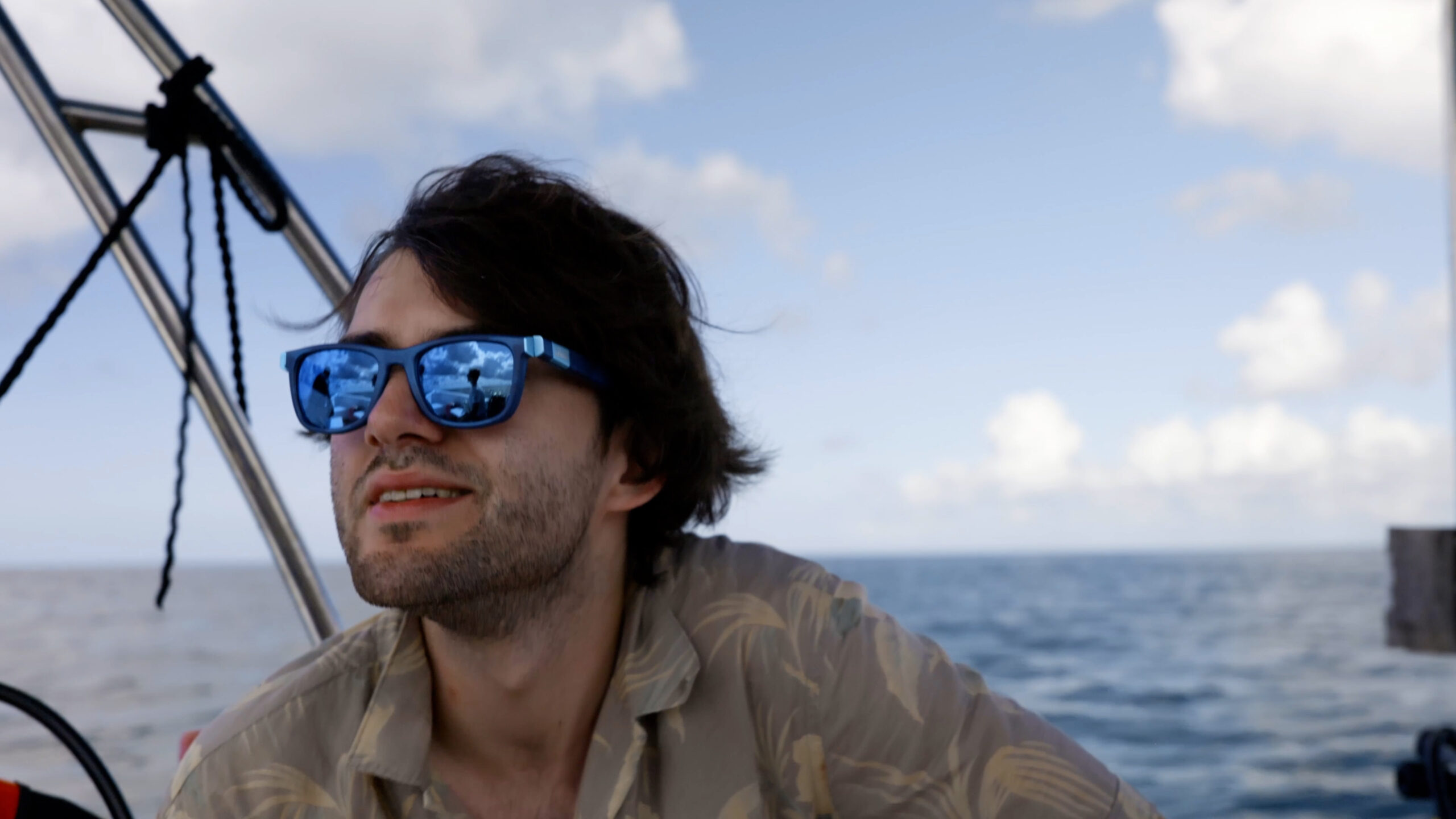
Episode
The Great Ocean Cleanup
Inventor Boyan Slat is on a mission to rid oceans of plastic. His team at The Ocean Cleanup designs and deploys systems that pull trash from the open ocean — now, he’s stopping the pollution at its source.
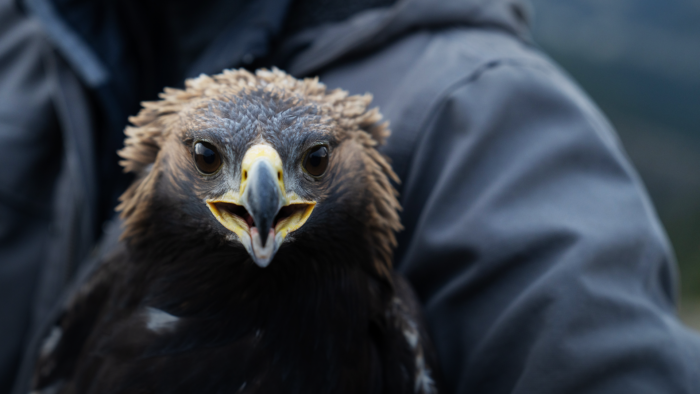
Episode
Unleaded
Golden eagles are one of the largest raptors in North America, but they are threatened by an unlikely poison: lead.
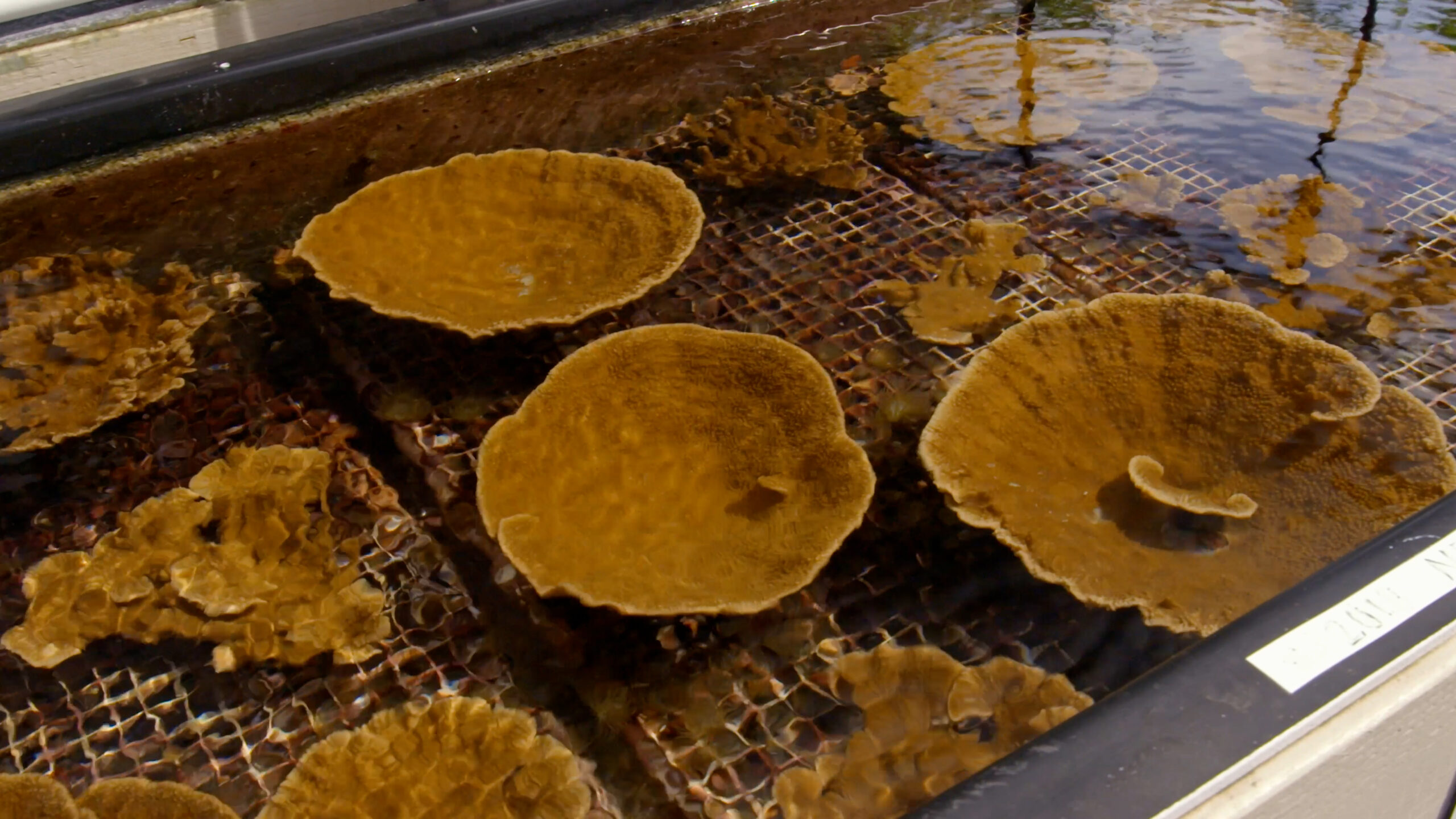
Episode
Coral Comeback
Coral reefs around the world are threatened by rising ocean temperatures, but hope is growing off the coast of Hawaii. There, researchers at the Coral Resilience Lab selectively breed corals to withstand ever-increasing amounts of heat stress.
More Episodes
- Puffling Patrol
(coming soon) - The Big Oyster
- Salamander of the Gods
Take Action
Overhunting & Overfishing
The overexploitation of native plants and animals can wreak havoc on an ecosystem’s natural balance. It might take changes in policy or in community sentiment to reverse these trends, but shining examples from around the globe show that success is possible.
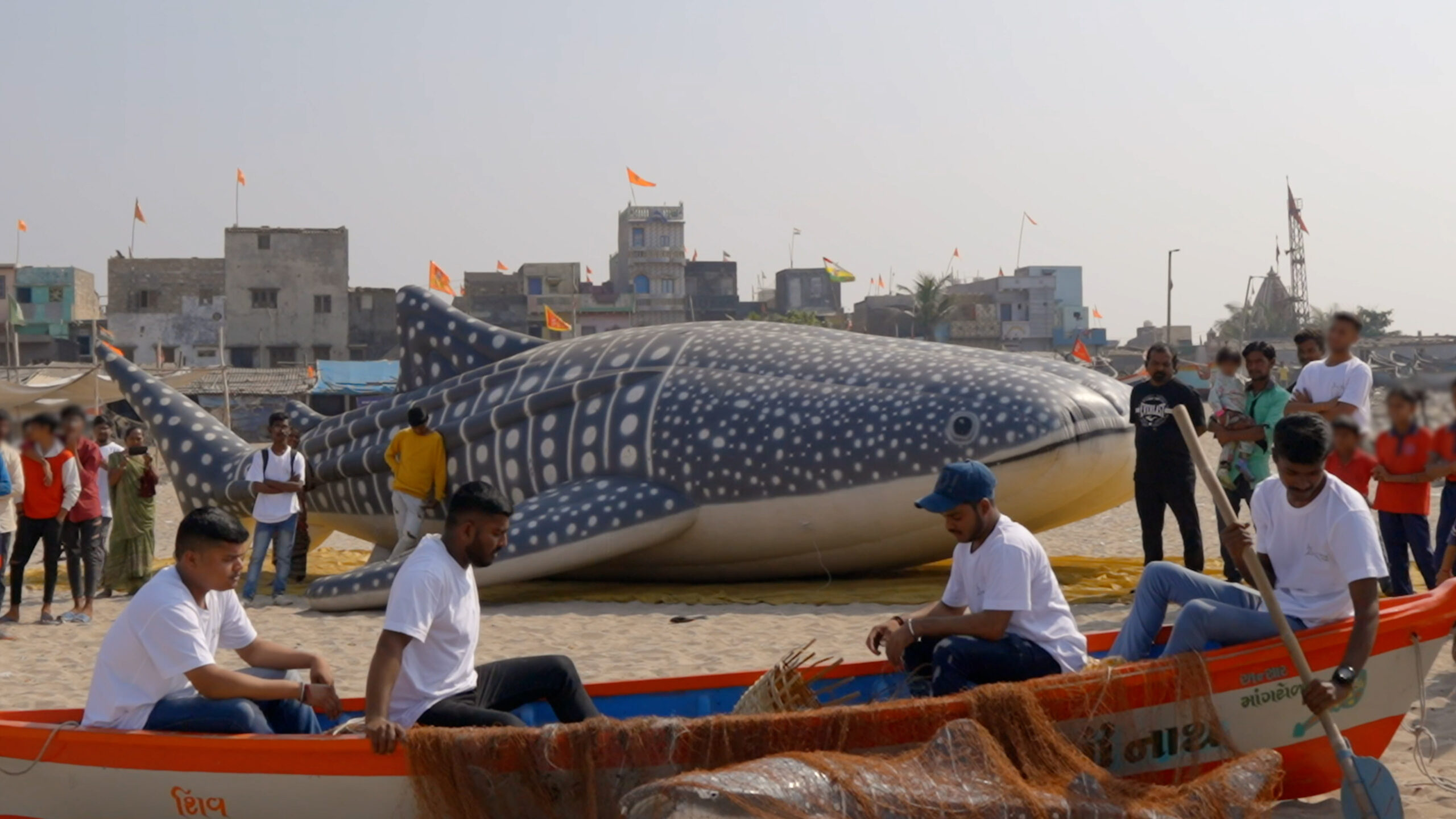
Episode
Whale Shark Homecoming
Along the coast of Gujarat, India, a renowned spiritual leader is inspiring fishermen to become guardians of the world’s biggest fish: the endangered whale shark.
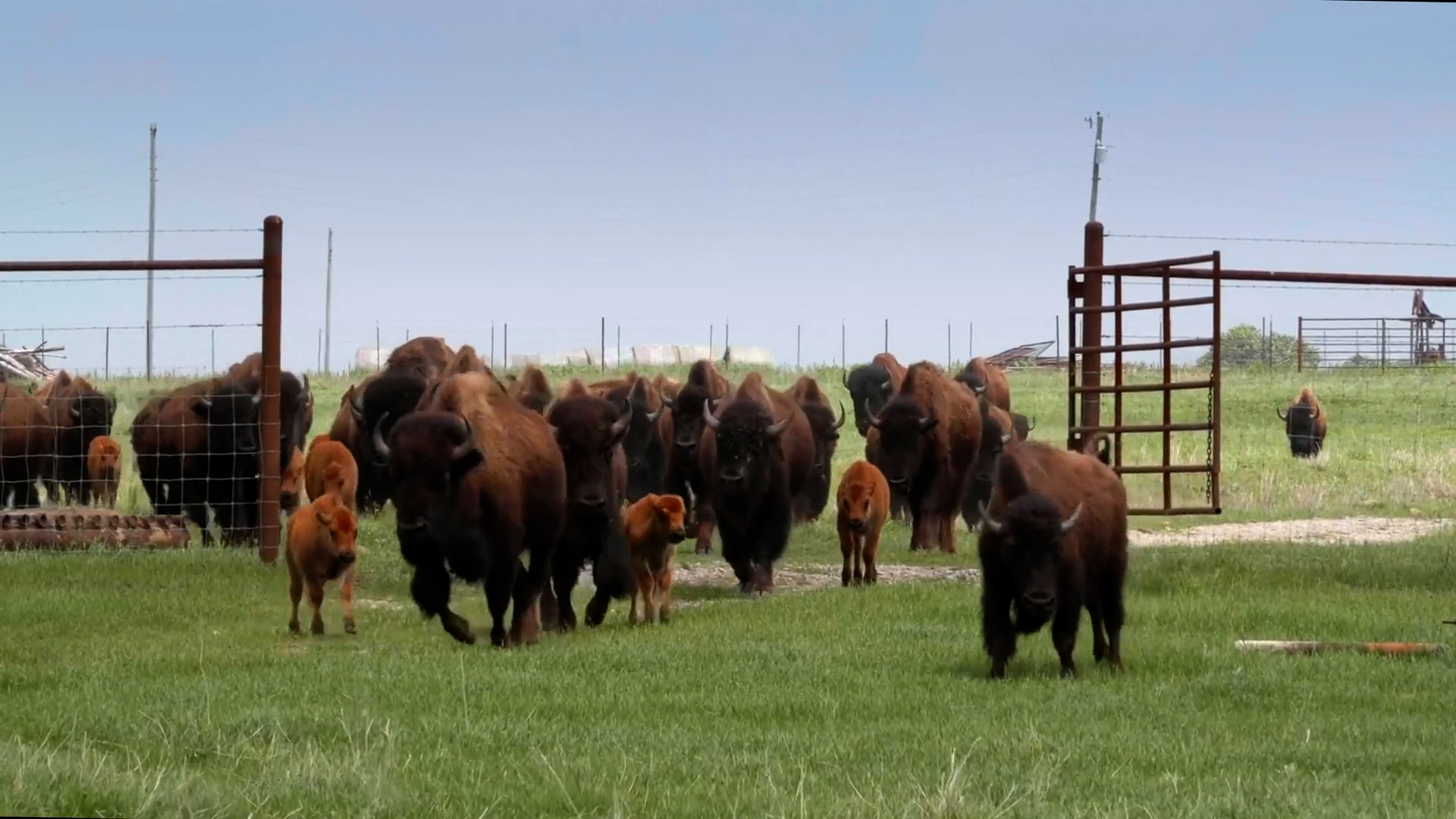
Episode
Thunder & Fire
60 million American bison once thundered across the prairies of North America. Now, tribes and conservationists are joining forces to bring the species back from the brink.
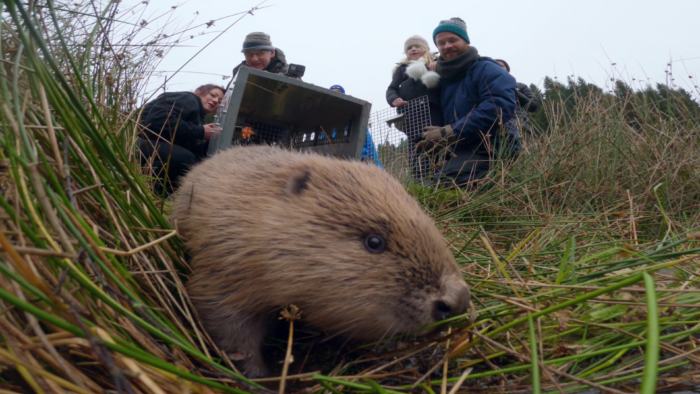
Episode
Beaver Fever
Centuries ago, Eurasian beavers were driven extinct in Britain. But now these preeminent ecosystem engineers are back — charming many Britons, perturbing others, and all the while stimulating a healthy debate about whether the island nation is ready to embrace a wilder future.
